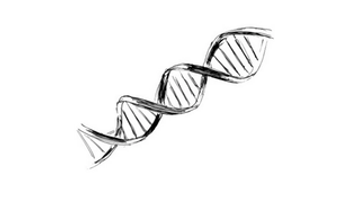
Jonathan C. Trent, MD, PhD: Trabectedin in Advanced, Invasive Myxoid Liposarcoma
How has the recent approval of trabectedin influenced treatment options for patients such as Michael?
The recent approval of trabectedin for patients with metastatic or advanced liposarcoma and leiomyosarcoma has been a tremendous breakthrough. The patient in the case that we just discussed has a metastatic mixoid liposarcoma. These patients’ tumors can regress often briskly with standard chemotherapy such as an anthracycline and ifosfamide. However, these tumors will eventually become resistant to standard therapies.
The approval of trabectedin for the treatment of patients with mixoid liposarcoma has been a tremendous breakthrough. This is based on a phase III study that compared trabectedin, 1.5 mg/m2
CASE: Soft-Tissue Sarcoma Case 2
Michael C is a 59-year-old social worker from Los Angeles California; his medical history is notable for obesity, COPD, and mild hypertension.
- In January of 2014, he presents to his PCP with complaints of right lower leg pain of several weeks’ duration
- Physical exam was unremarkable except for swelling of the lower right calf; x-ray of the affected leg was negative for fracture
- MRI scan of the lower right calf showed a 20 cm well defined lobular mass arising between the gastrocnemius and soleus
- Biopsy of the mass showed myxoid liposarcoma with round cell component. Patient underwent en bloc resection of the tumor following preoperative radiotherapy
- Gross examination showed the tumor to be 10 × 8 × 15 cm with gelatinous brownish appearance
In September of 2014, Michael returns for follow up and his CT scan shows a 4 cm posterior mediastinal mass, and a 6 cm perinephric mass suspicious for metastatic disease. He initiates treatment with anthracycline and ifosfamide chemotherapy (6 cycles) for recurrent disease and shows a partial response.
- In May of 2015, he returns for follow up with intermittent chest and lower back pain; CT scan is consistent with progression of the mediastinal and perinephric masses, and bone scan shows new lesions occurring in the L2 and L3 lumbar vertebrae
- At recurrence, liver and renal function and CBC are within normal limits, and his ECOG performance status is 1
- He received treatment with trabectedin (1.5 mg/m2 24-hr infusion given every 3 week)
- At the 2nd cycle he develops febrile neutropenia (ANC< 500 cells/mm3) requiring hospitalization
- The oncologist reduces his trabectedin dose to 1.2 mg/m2; he continues therapy
- Within 1 week, he shows clinical improvement and CT scan shows slight improvement










































